The Sherpa and History
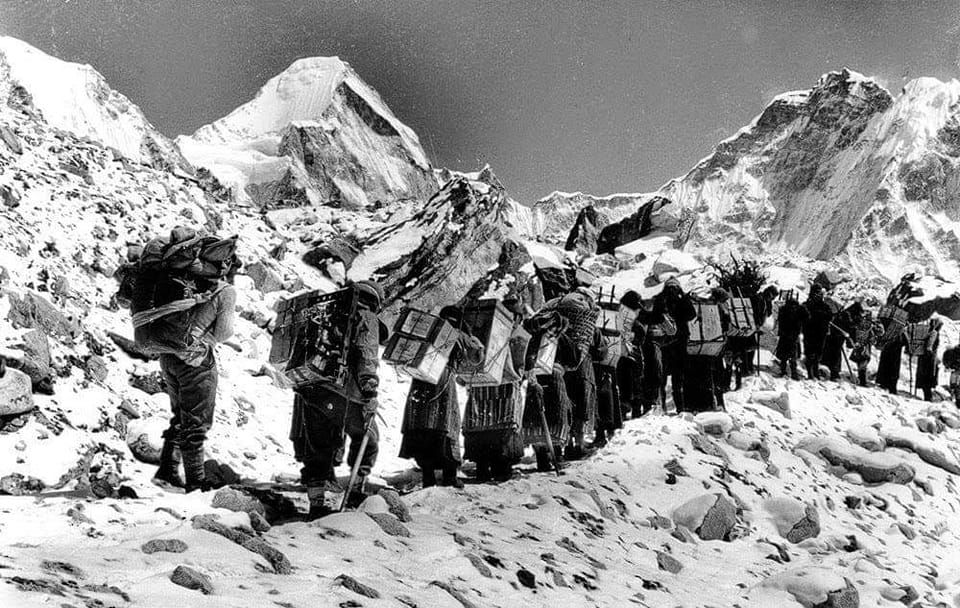
Legacy in mountaineering
Sherpas are renowned as elite mountaineers and experts in the Himalayan region. Historically, they played a pivotal role in early Himalayan explorations, serving as guides and porters for high-altitude expeditions, particularly on Mount Everest.
In modern usage, the term “Sherpa” is often used by foreigners to refer to any hired guide or climbing supporter in the Himalayas, regardless of their ethnic background. Beyond mountaineering, the word has also become a metaphor for a guide or mentor in various fields.
Sherpas are highly respected in the global mountaineering community for their resilience, expertise, and exceptional ability to perform at high altitudes. Research suggests that their remarkable climbing skills may be attributed to genetic adaptations that enhance their efficiency in low-oxygen environments. These adaptations include a unique hemoglobin-binding capacity and twice the nitric oxide production compared to individuals from lower altitudes, significantly improving their endurance and performance.
Their deep understanding of the terrain, unmatched physical endurance, and expertise in extreme conditions have solidified their role as essential figures in Himalayan exploration and adventure tourism.
Introduction
The Sherpa people are an indigenous Tibetan ethnic group native to the mountainous regions of Nepal, Tingri County in the Tibet Autonomous Region, and the Himalayas. The term Sherpa (or Sherwa) originates from the Sherpa language, combining ཤར shar (“east”) and པ pa (“people”), signifying their ancestral roots in eastern Tibet.
Geographic Distribution
The majority of Sherpas reside in eastern Nepal and Tingri County, with some communities extending westward to the Rolwaling Valley, Bigu, and the Helambu region north of Kathmandu. Sherpa populations are also found in Bhutan and the Indian states of Sikkim and West Bengal, particularly in Darjeeling.
Culture, Religion, and Language
Sherpas practice Tibetan Buddhism and establish gompas (monasteries) to uphold their religious traditions. Notably, Tengboche Monastery was the first celibate monastery in the Solu-Khumbu region.
The Sherpa language belongs to the southern branch of Tibeto-Burman languages and incorporates elements from Eastern Tibetan (Khamba) and central Tibetan dialects. However, it is distinct from Lhasa Tibetan and is mutually unintelligible to Lhasa speakers.
Migration and Global Presence
In recent years, Sherpa migration to Western countries has increased, with a significant number settling in the United States. New York City hosts the largest Sherpa community in the U.S., with an estimated population of 16,000. According to the 2011 Nepal census, there were 512,946 Sherpas within Nepal’s borders.
In modern times, the term “Sherpa” is commonly used by foreigners to refer to any hired guide or climbing supporter in the Himalayas, regardless of their ethnic background. This usage originated because the majority of high-altitude workers in Nepal’s early mountaineering industry came from the Sherpa community. Over time, “Sherpa” also became a metaphor for a guide or mentor in various other contexts.
As the tradition of calling mountain workers “Sherpas” grew, a strong bond developed between the Sherpa people and Western climbers. In recognition of their invaluable contributions to high-altitude expeditions, many Western countries began honoring Sherpas with medals, awards, and, in some cases, citizenship. This recognition led to increased migration of Sherpa families to different countries, seeking better opportunities and a brighter future for their children.
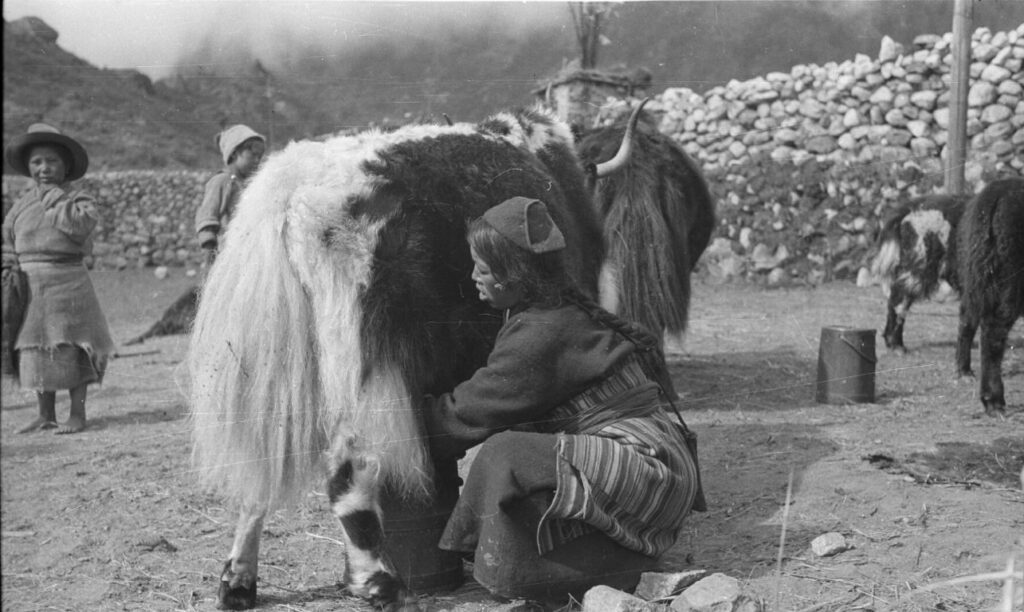
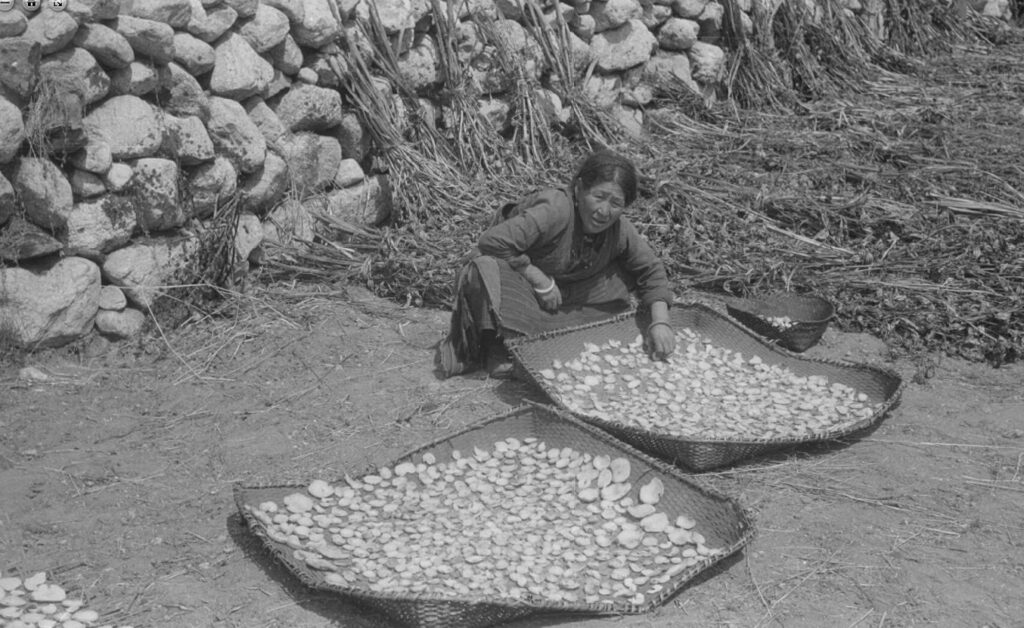
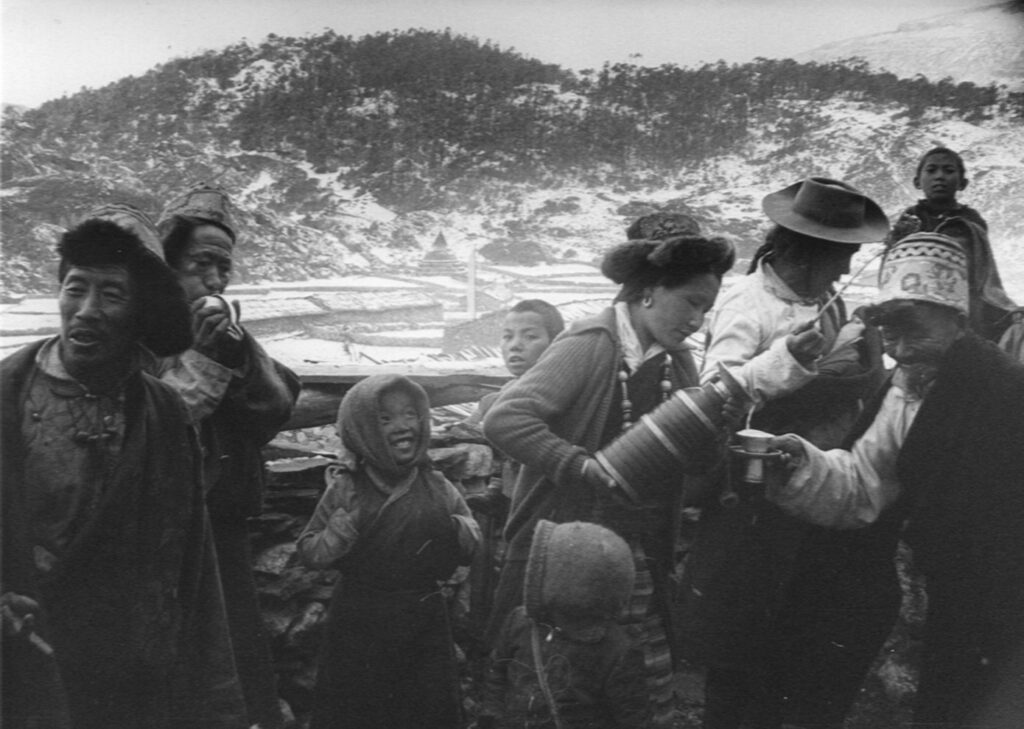
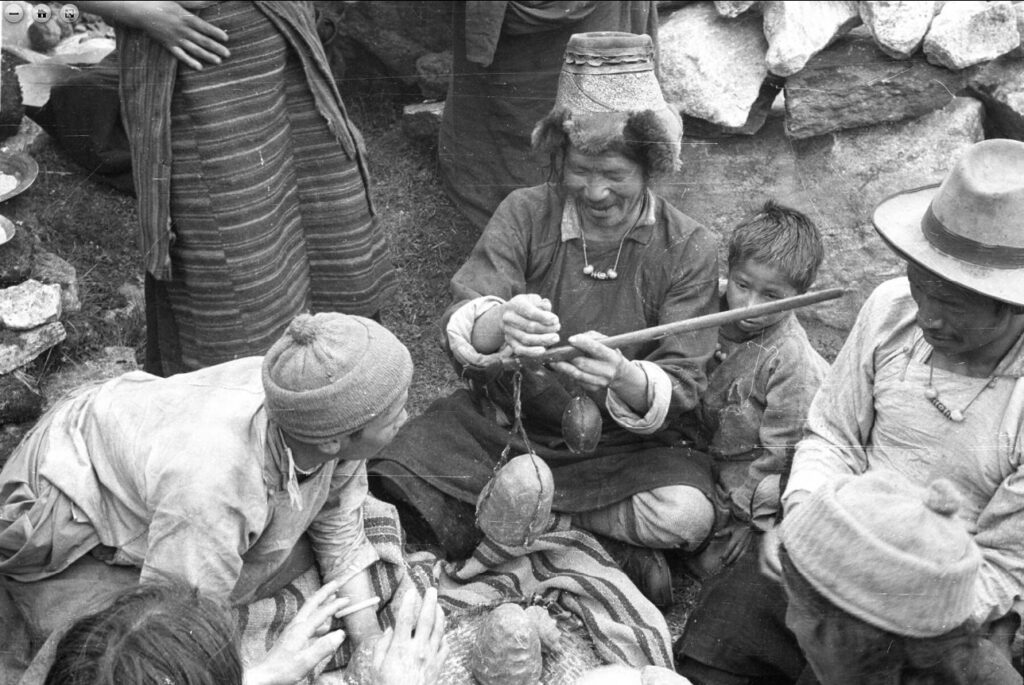
History
The migration of the Sherpa people from Tibet to Solu-Khumbu occurred over different periods, leading to the establishment of four primary clans: Minyagpa, Thimmi, Sertawa, and Chawa. Over time, these clans further divided into more than 20 distinct clans that exist today. Historical accounts suggest that religious conflicts within Mahayana Buddhism may have influenced the migration from Tibet during the 13th and 14th centuries, prompting Sherpas to settle in the Khumbu region of Nepal. These migrants traveled through the Ü and Tsang regions before crossing the Himalayas.
By the 1400s, Sherpas in Khumbu had established autonomy within the newly emerging Nepali state. However, during the 1960s, growing tensions with China led to an increase in Nepali government influence over the Sherpa community. In 1976, Khumbu was designated as a national park, transforming tourism into a major economic driver for the region.
According to Gautam (1994), the Sherpa migration from Tibet to Nepal began approximately 600 years ago, initially through Rongshar in the west and later via the Nangpa La pass. It is believed that the Sherpa people originated from the Kham region in eastern Tibet, where they were referred to as “Shyar Khamba” (meaning “people from eastern Kham”). The area where they settled became known as “Shyar Khumbu”, and over time, its inhabitants came to be called Sherpa.
A 2001 study by the Nepal Ethnographic Museum suggests that modern Nepal gradually became an integral part of the Kingdom of Nepal. Historically, Sherpas, like other Kirat Nepalese tribes, were nomadic pastoralists and traders, moving across the Himalayan region in search of livelihood. Their adaptability to high-altitude environments and expertise in trade and alpine survival played a crucial role in their long-standing presence in the Himalayas.
Chronology of Sherpa History
(Most dates are approximate)
- 1480 Sherpas originaly came from Kham/Tibet
- 1533 Sherpas cross himalayas and settle in Khumbu area
- 1553 Settlement of Solu
- 1667 Founding of Pangboche monestery
- 1667-77 Founding of monestery at Thami and Rimijung
- 1720 Founding of Zhung monestery
- 1831 Founding of Khumjung monestery
- 1850 Birth of Karma, the senior founder of Tengboche monastery
- 1856 Birth if Sangye, Karma’s younger brother and the sole founder of Chiwang monastery
- 1885 Birth of Kusang, a Tengboche monestery sponsor
- 1905 Founding of Nauje/Namche monestery
- 1916 Founding of Tengboche monastery
- 1923 Founding of Chiwong monastery
- 1925 Founding of Debuche nunnery, near Tengboche
- 1953 Tenzing Norgay Sherpa and Sir Edmund Hillary became the first persons to summit Mt. Everest
Discover the Sherpa Tribal Family Tree
References
Klatzel, Frances. Story and Customs of the Sherpas. Stories told by Tengboche Rinpoche, Ngawang Tenzin Zangbu, and Wikipedia | Sherpa people
